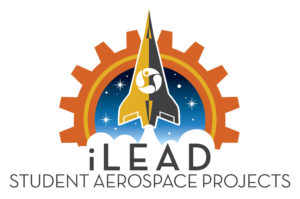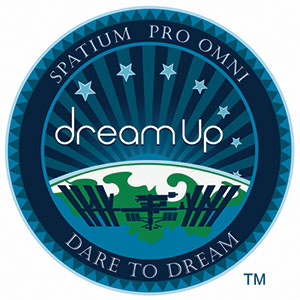Editor’s note: This post originally appeared here on the iLEAD Student Aerospace Projects website. The 2019 DreamUp to Space challenge is just one example of the exciting types of project-based learning opportunities provided by iLEAD Schools, Alaka’i O Kaua’i’s partner.

The three teams selected for flight aboard the ISS are:
“What is the Effect of Microgravity on Mycelium?” (SCVi, 11th grade)
- Team Members: Brayden Hall, Connor Raskin, Mario Robles, Adam Simpson (Click here to see the team’s video pitch)
“What is the Effect of Microgravity on Ulva Lactuca?” (SCVi, 4th/5th grade)
- Charlie Halvorsen, Gabriel Olmos, Maliah Sanmarti, Skye Van Verseveld (Click here to see the team’s video pitch.)
“What is the Effect of Microgravity on Aloe Vera?” (Agua Dulce 5th/6th grade, Lancaster 6th grade)
- iLEAD Agua Dulce learners Cody Anderson, Leo Cuellar, Samantha Diem, and Kaylee Pippin
- iLEAD Lancaster learners Brianna Angel, Ana Lopez Barahona, Mariana Lopez, Estrella Perez, Uriah Mack, and Lizette Monze Trujillo
- Click to see the video pitches from Agua Dulce and Lancaster.
The assessor team concluded that, given the similarities, both Aloe Vera teams have been selected and should merge and work together to optimize their experiment. This is common practice within the science community, collaborating to produce best results.

Consideration for the selection included the teams’ written proposals, their video submissions, and their responses to questions regarding how they will use this opportunity to share with the community.
“All the proposed experiments tackle questions that can be applied to long term human space exploration and colonization,” said Dr. Jacob Cohen, Chief Scientist, NASA Ames (click for bio). “As is common with all flight experiments, prior to launch, ground optimization of the experimental protocol is critical for execution and interpretation of the data derived from the flight experiment.”
The specific launch vehicle is still to be determined, but anticipated arrival on the ISS is this fall.
Kathleen Fredette, iLEAD’s Director of STEAM Initiatives said: “I couldn’t be prouder of the hard work and dedication that all of our semi-finalists and finalists displayed, and the leadership demonstrated by our amazing facilitators! Throughout history, only a select few have the opportunity to be included in science happening on the International Space Station, and our learners are actually part of this inspiring work! This is exactly why STEAM education is so vital and why iLEAD Schools is committed to projects of this nature. We honor all of you today and encourage you to continue to follow your dreams and goals, knowing this was a stepping stone to the next awesome thing you will do!”
Dawn Evenson, Co-Founder and CEO stated: “iLEAD is incredibly proud to contribute to research on the International Space Station! These three projects represent the best examples of how learner passion and authentic purpose drive achievement through project-based learning!”


